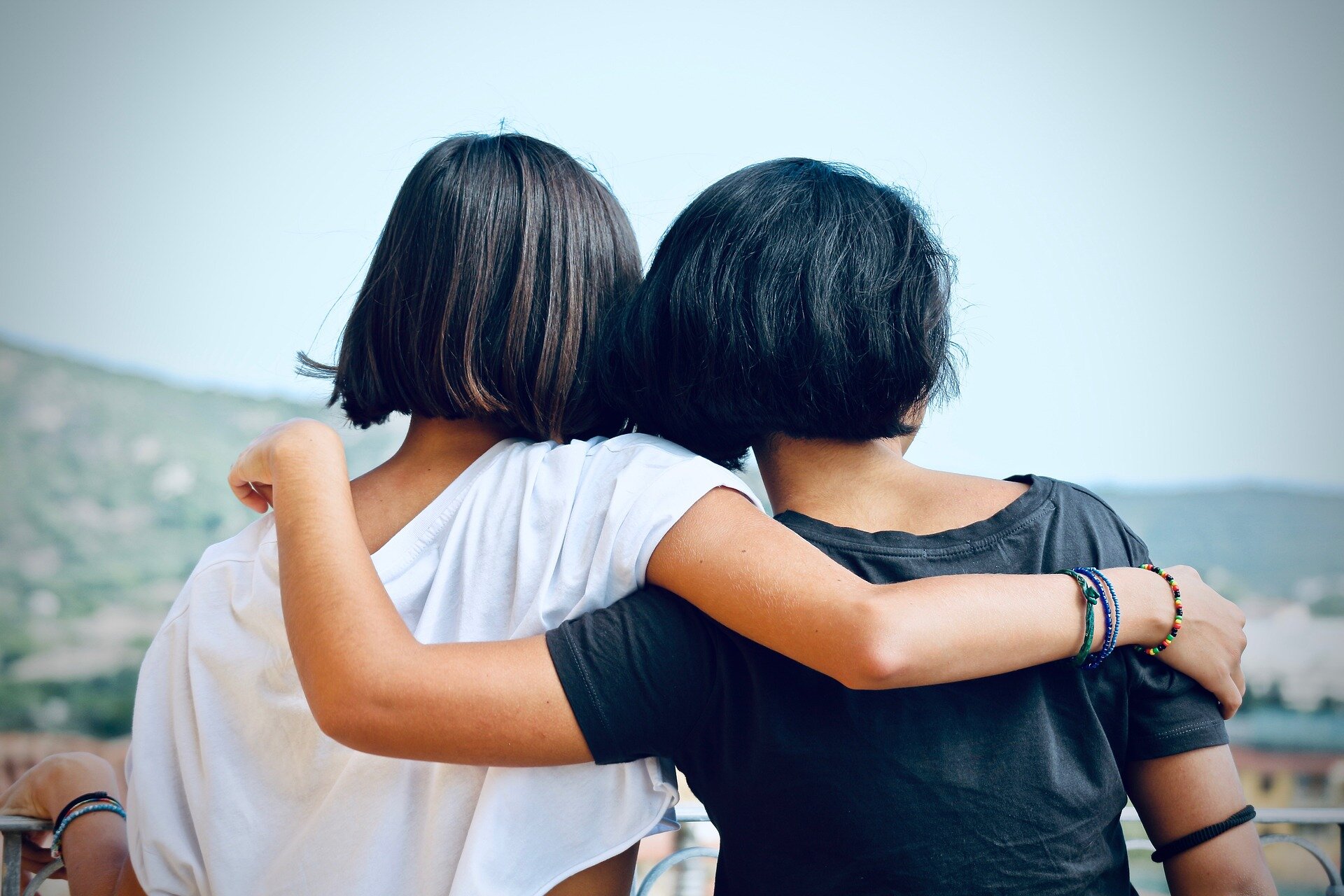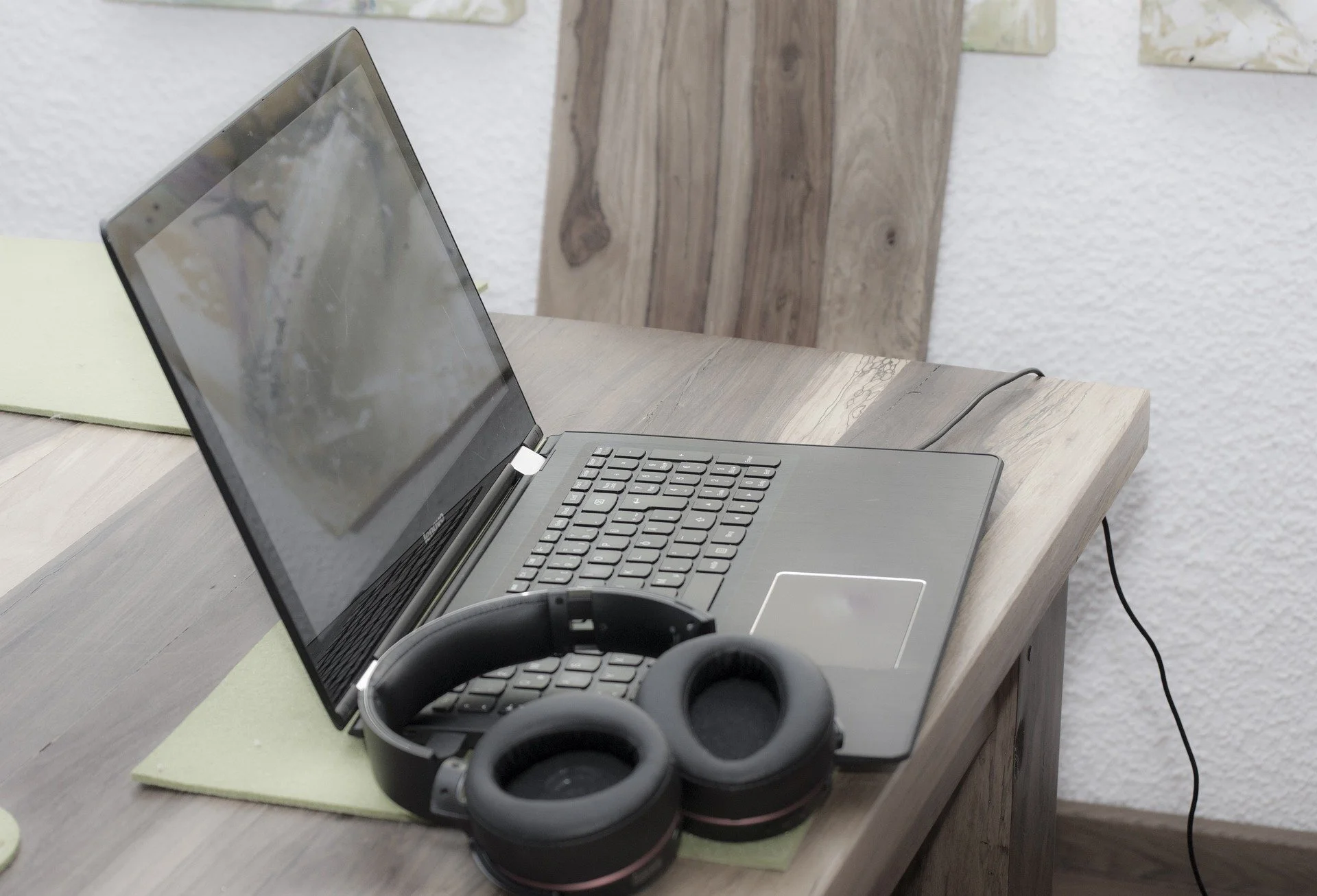Gerard, who shared his story in a previous blog, has now been working with me for several months. After our first few sessions he told of being able to reduce his hip pain by about “10 to 20 per cent”, after experiencing it for more than a decade.
Several months since then, he has seen huge changes in his behaviour. There are times when he doesn’t notice any pain at all. He is now able to get out digging in the garden, and to go on long walks for the first time in years. Pains still pop up in new places, but Gerard is ready for this.
He has discovered that pain has been masking his sensitivity. He has recognised that he is wary of disapproval, and has become aware of previously buried hurts which have accumulated. This previous lack of awareness was holding him back both at work and in his personal life. His resilience has markedly improved, and Gerard is finding his voice. He has also become aware that his sensitivity can be used as a ‘super-power’.
He is looking forward to doing more research on emotional intelligence and non-verbal communication, and has plans for particular areas for development which are holding him back. There is always a significant takeaway from each session and he enjoys writing up what we’ve discussed so he can mull it over later. He says he feels like he is living again, and I am confident we can open up even more possibilities.
Watch another video from Gerard here.











